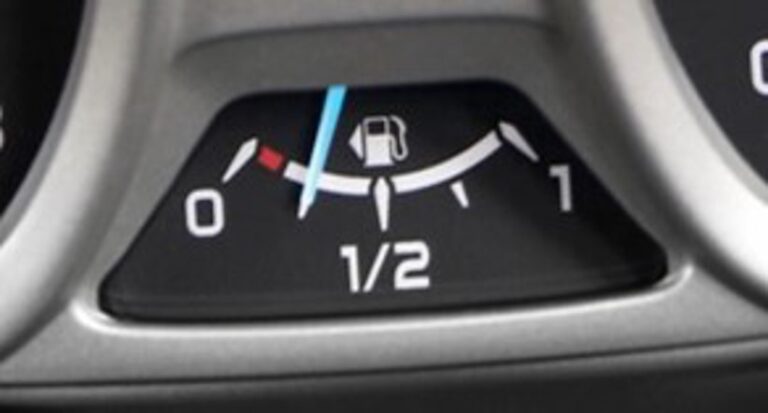– By Marc Sibbald –
When I talk to fleets that use telematics I’m amazed at the passion they use to describe the benefits they derive from their systems. They are advocates for the companies that supply them and have countless stories about the ways telematics has saved them money, improved employee safety, or produced a funny anecdote about employee behaviour.
Tracking assets around the country is cool and knowing when an employee is using a vehicle on the weekend when they shouldn’t is handy, but how much money can telematics really save you?
Saving money on fuel seems like an obvious benefit. With current prices of $1.40 per litre a vehicles travelling 40,000 kilometres per annum, with fuel usage of ten litres per 100 kilometres will spend approximately $5,600 on fuel.
So if telematics could save you 10% in fuel each year that would add up to $560. This is compared to an estimated annual cost of a basic telematics system of $480 ($40 times 12 months). But how do you save 10% on fuel?
The biggest areas of fuel usage are excessive speed, unauthorised use, idling and theft.
Speeding is an easy area to target. Just let fleet drivers know you are watching and they’ll start to slow down. There are no published figures in Australia about how much fuel can be saved by driving at 90 km/h instead of 110 km/h but a brief search on the web finds several calculators from the U.S. which show significant savings.
Other tips for savings fuel while driving recommend gentle accelerations and limited harsh breaking. Both of these can be measured using telematics and then used to change driver behaviour.
Unauthorised use is something small and medium businesses focus on. It’s always easier for an employee to take the company car on the weekends but this could be costing you lots of money. If 5,000 (of the 40,000) each year is personal, or unauthorised use, it is costing you an extra $700 in fuel (which is 12.5% of your annual bill).
Fuel theft is the ugly side of running a fleet. You may not want to admit its happening in your fleet but at $1.40 a litre there are some employees that will go to extraordinary lengths to save $20 – $50 dollars a week on fuel for their own vehicles.
So the return on investment for telematics can be covered with savings in fuel alone. And if there were no upfront costs only a monthly fee, the savings would be instant and ongoing each month.






